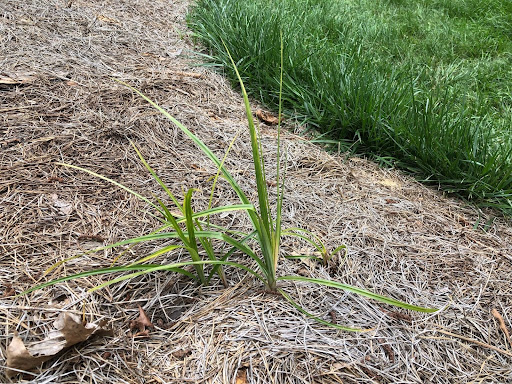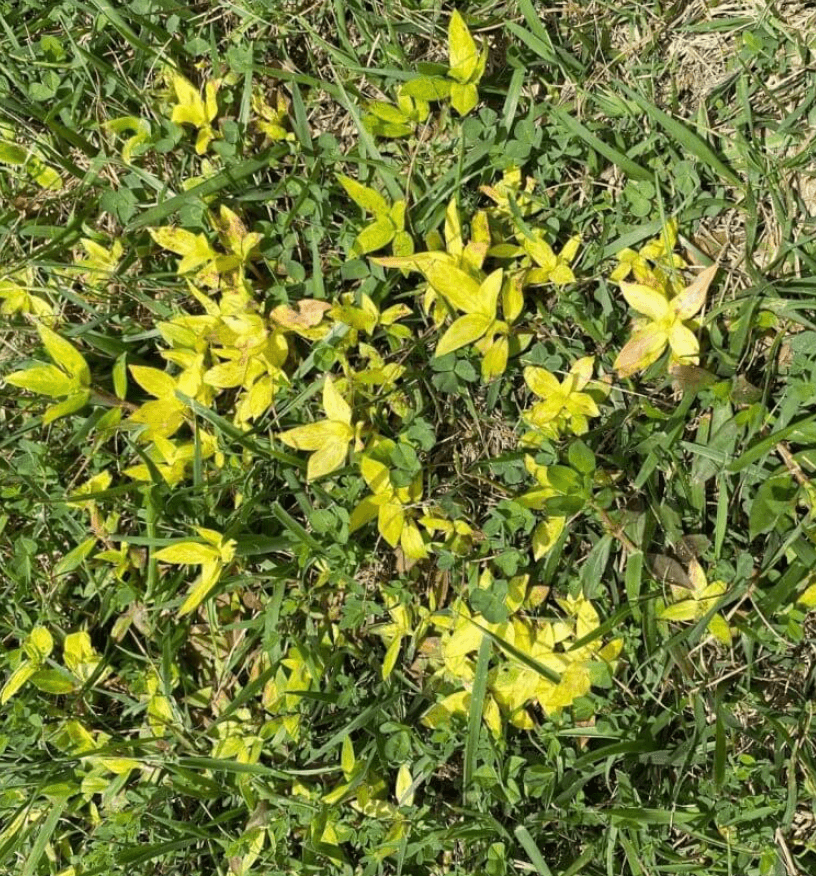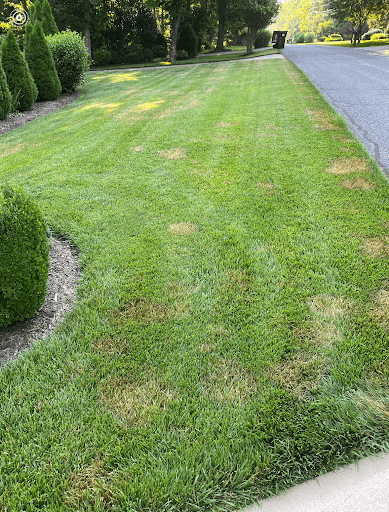Make the most of your summer lawn from the very start of the season.



Our newest blog can help you understand and deal with this hot-weather issue:

Besides just how annoying they are, mosquitoes transmit dangerous diseases like West Nile virus, encephalitis, chikungunya and zika. Fairway Green’s mosquito control program is tailored to your lawn’s specific needs and can consist of up to eight total applications. Each application will offer control for approximately 25 days (one-time applications are also available and are great for special outdoor events).
Yellow nutsedge is a summer perennial that flourishes from April/May to around September/October. During this time, it’s a very prolific and difficult weed to control in many lawns and natural areas. Rather than being a broadleaf or grassy weed, it’s actually part of the sedge family. As such, post-emergent broadleaf weed controls, for weeds like clover and dandelions, will not help control it.
Yellow nutsedge reproduces from tubers under the soil and can spread by rhizomes (underground stems). Each plant can produce hundreds of tubers during its growing season, which can become new plants in the years to come.


Yellow nutsedge will have a triangle stem that’s easily felt when you twirl it between your thumb and forefinger. It will also grow much faster than your existing turf and will have a thin, shiny appearance.
There are only a few products available for controlling yellow nutsedge, and all of them require frequent applications over multiple years to offer acceptable control. Fairway Green utilizes these products as part of the third and fourth rounds of our turf management programs.
Virginia buttonweed is a perennial weed that’s very difficult and prevalent in all turf types. It roots deeply and thrives in both poorly drained and overly moist lawns, either due to excessive rainfall or frequent irrigation. This weed spreads by rhizomes (underground stems), as well as by stem pieces cut and distributed during mowing or string trimming. If left uncontrolled, this mat-forming weed can smother out turfgrass.



Virginia buttonweed produces white flowers and shiny, dark green, lance-shaped leaves. The leaves are oppositely arranged on the stems and have no petioles (stalks that attach leaves to stems). By late summer, leaves may turn yellow-green due to viral infection. The flowers are tubular and white, with four petals forming a four-pointed star.
Managing Virginia buttonweed in a lawn may require two or more years of post-emergence herbicide applications. Herbicide applications also help control the young seedlings growing in the lawn and can prevent large mats of growth that can smother out turfgrass by late summer. In late summer, older Virginia Buttonweed plants are much more tolerant of selective herbicides, making controls less effective.
If you suspect you are dealing with Virginia buttonweed, contact us for a free lawn analysis. Your Fairway Green technician will issue a service call to return in about 14 days if we find Virginia buttonweed in your lawn.
Summer is the turf-disease season for cool-season grasses, especially brown patch fungus. While it’s common, it can also be devastating. It typically starts in late April/early May due to certain climate factors. This includes when temperatures go above 75 degrees with high atmospheric moisture. This moisture can be in the form of rainfall, irrigation or humidity.

The easiest way to identify brown patch fungus is to stand away from your lawn. Then, look for a shadow appearance on it or browning circles. Once you identify these, look at the leaf blades for tan or brown lesions. If you see these, you more than likely have brown patch fungus. Just a note that drought stress can be mistaken for this fungus, too (drought stress makes leaf blades fold at the center, giving them a straw-like appearance).
Unfortunately, cool-season lawns—especially fescue—have little or no resistance to brown patch fungus. Several seed companies are currently trying to increase variety resistance to brown patch fungus. However, breeding programs like these are expected to take years to start showing successful results.
In the meantime, be sure to:
Applying fungicides preventively offers better control and less turf damage vs. curative fungicides. An application will control fungus for approximately 25-28 days at a time. Due to the high humidity level in NC, brown patch fungus can go active again after this time. Many people are utilizing our preventative fungicide program to prevent major damage to their turf and take the guesswork out of when to do applications.
NC State’s TurfFiles has released a brief statement regarding Bermuda grass and the setbacks it’s been experiencing.
Proper mowing height is essential for proper turf health, performance and weed management. Here’s how to keep your specific lawn type at the height it needs to be.
For cool-season turf, mowing season is officially underway. Proper mowing height will help you control and prevent weeds. For fescue, research has proven that maintaining a mowing height of 3½ “- 4” can drastically reduce crabgrass. Mowing at this height will also help promote healthy turf and hold back broadleaf weeds.
Many warm-season turf lawns struggle to thrive due to improper mowing heights. Mowing your type of warm-season turf properly will drastically improve its overall quality and appearance.